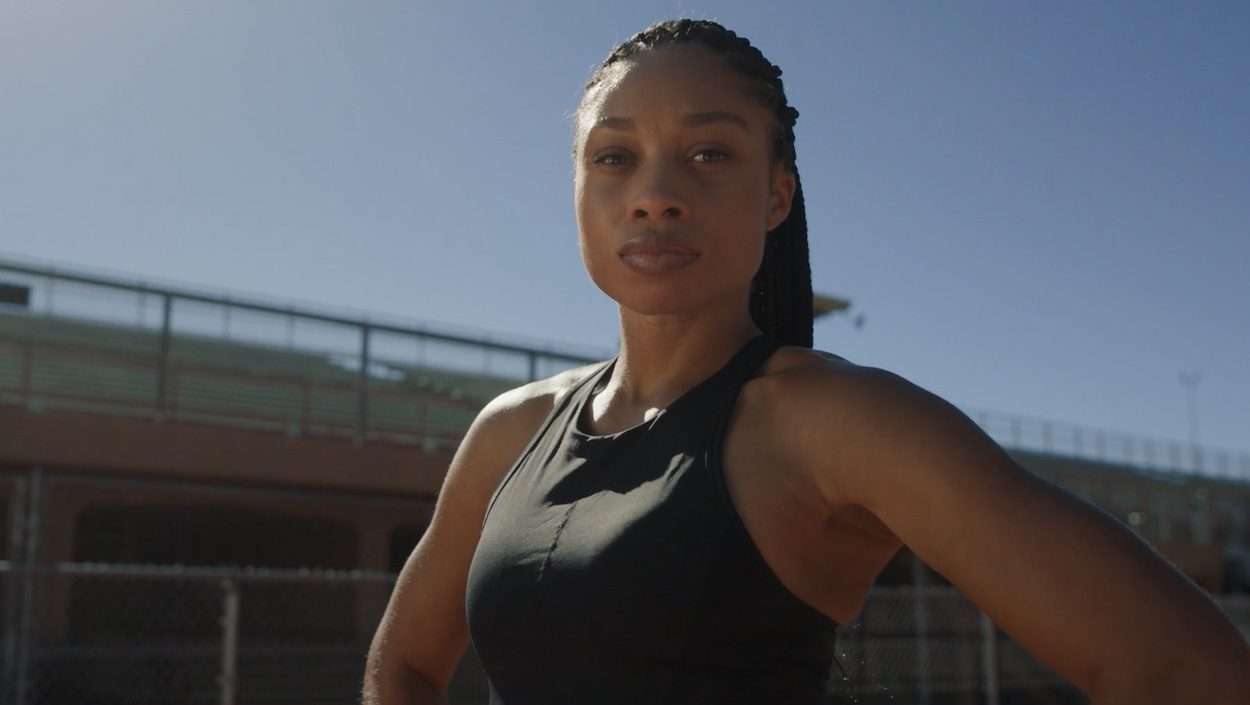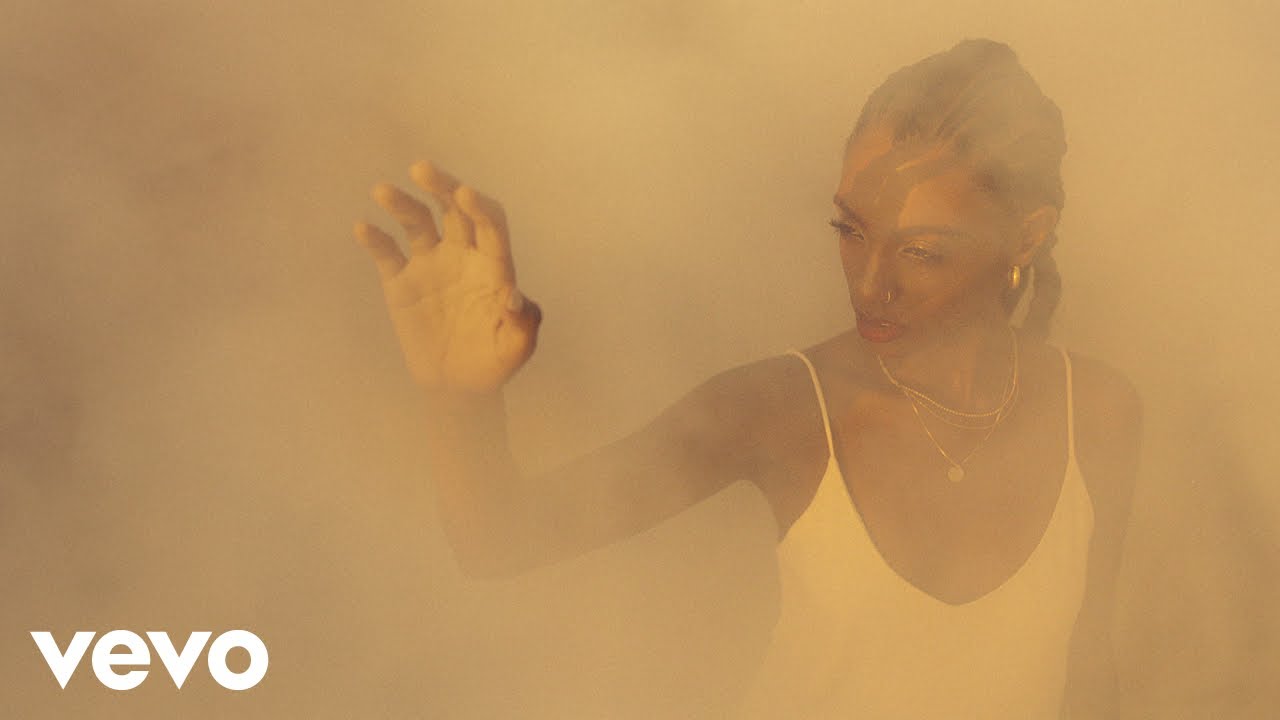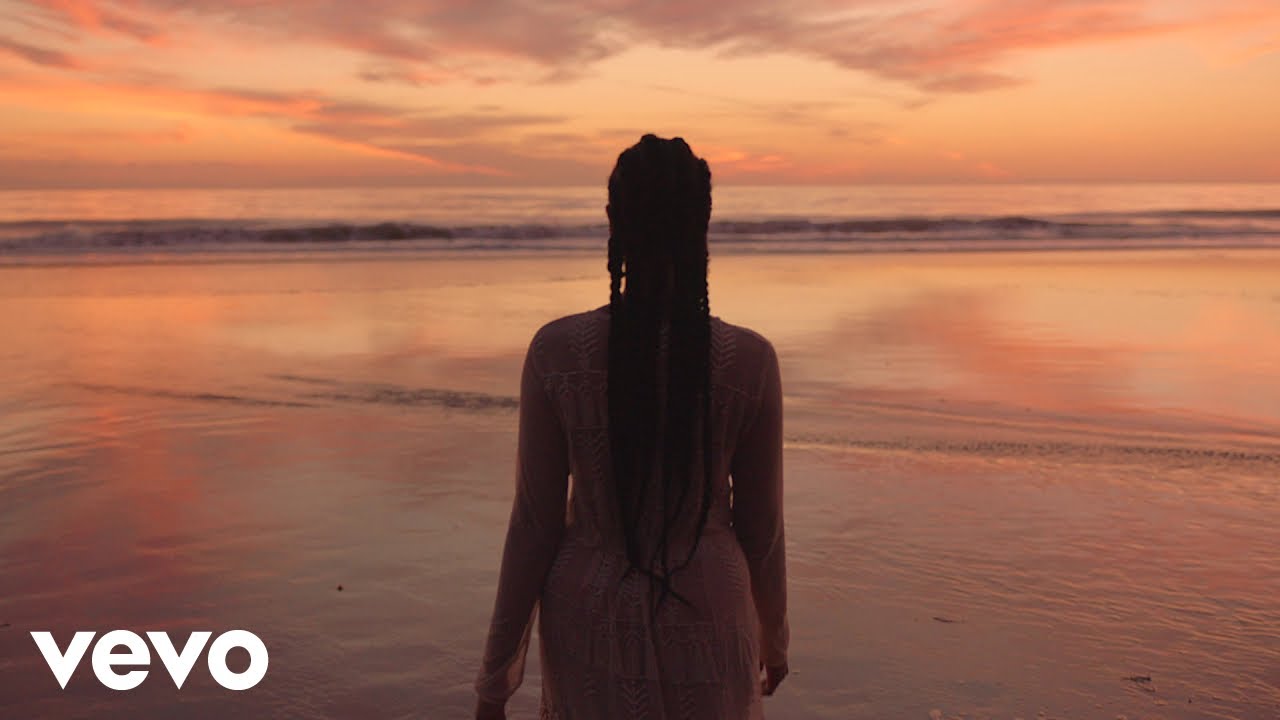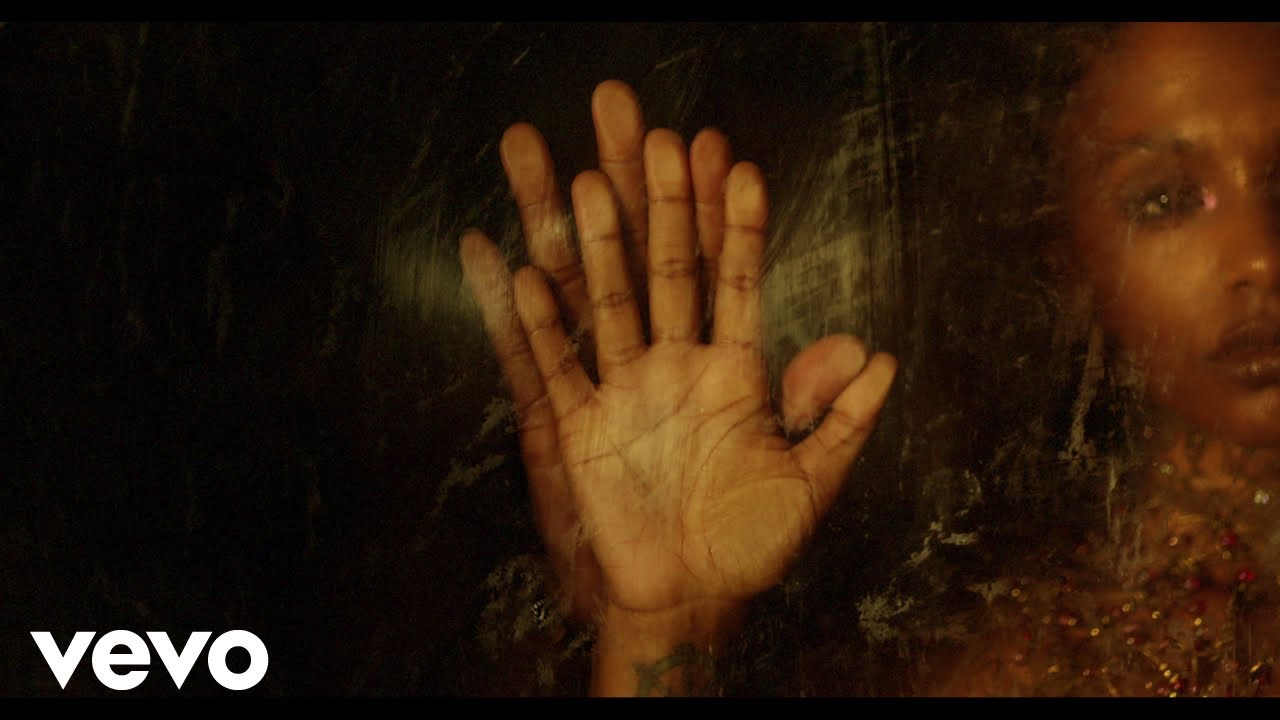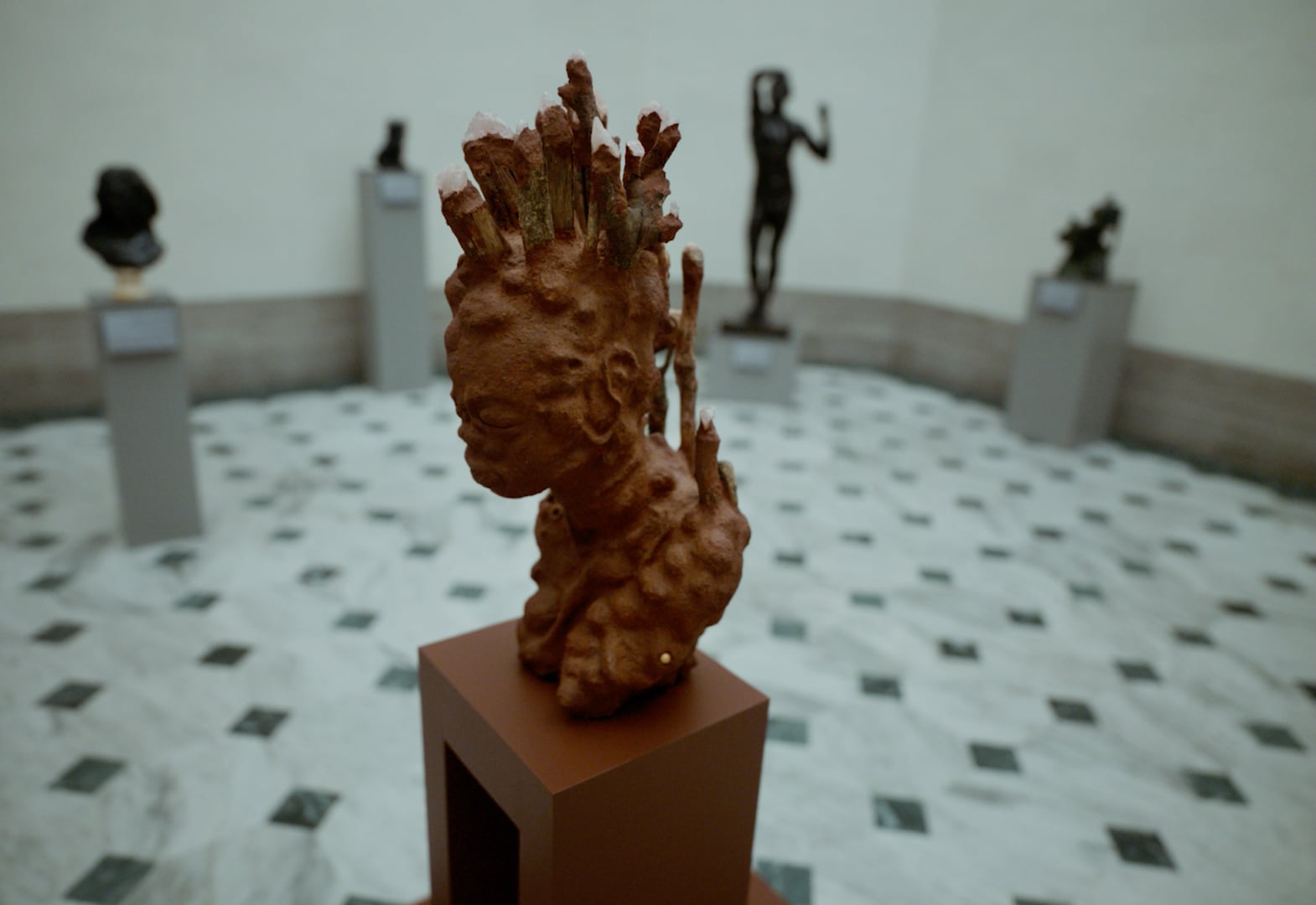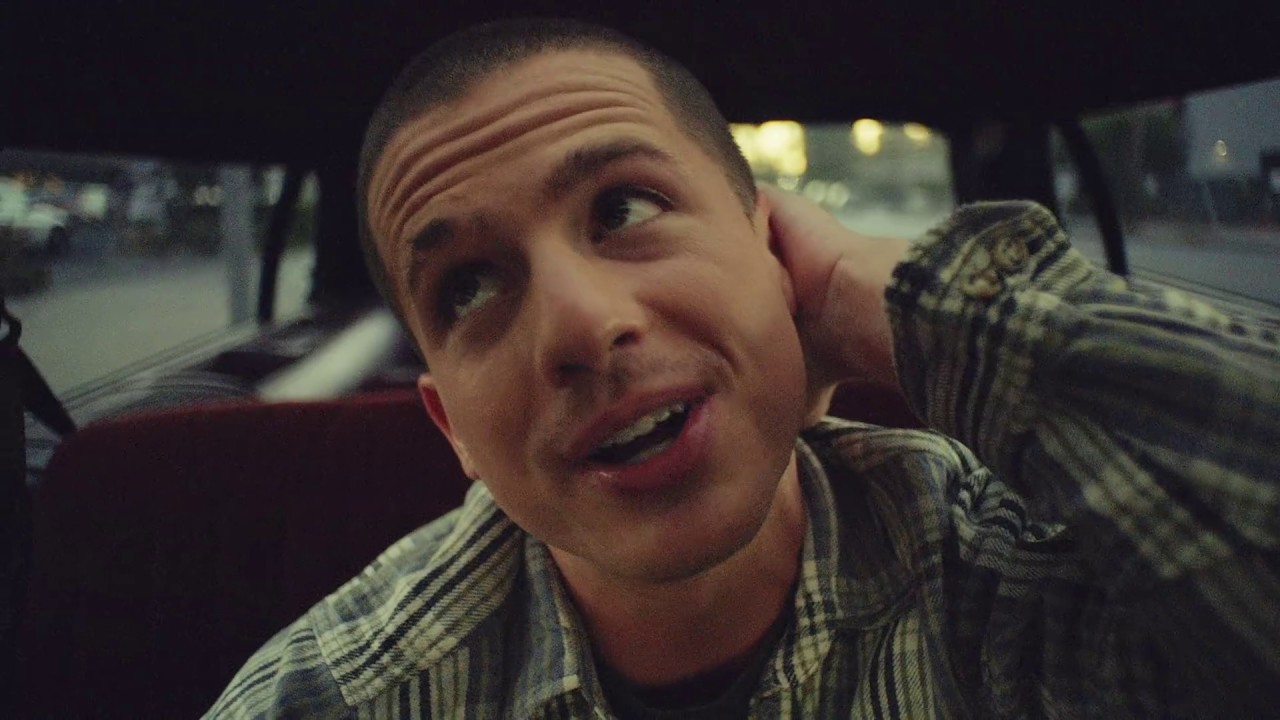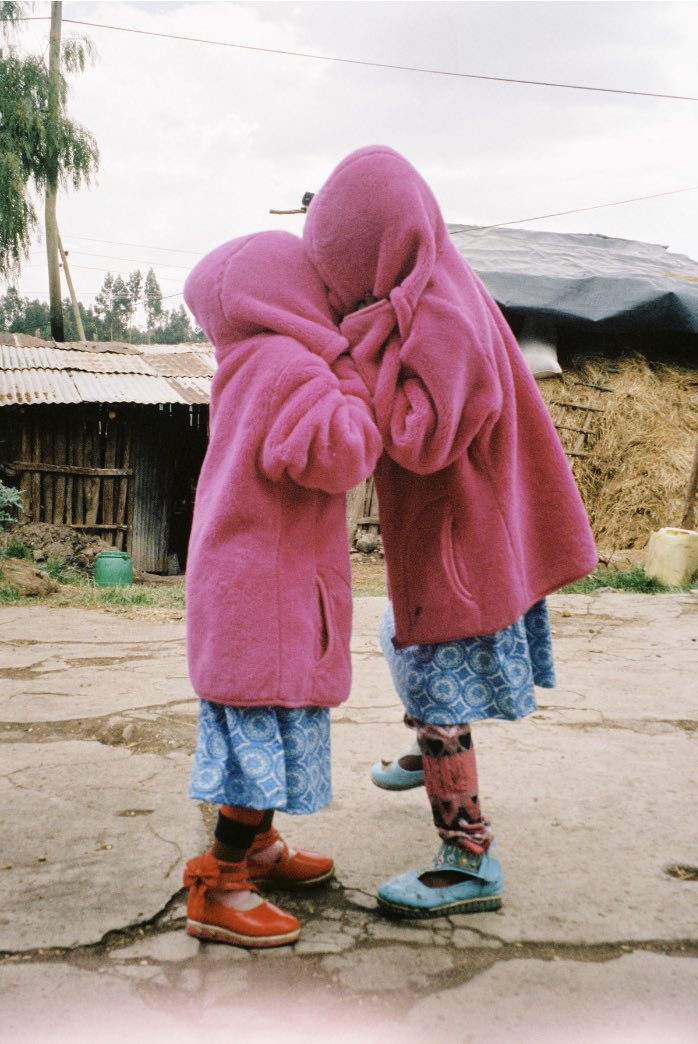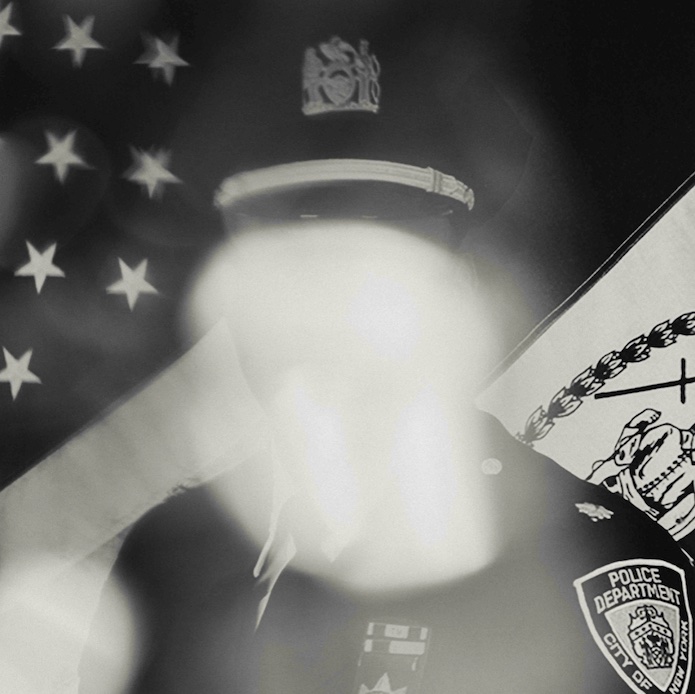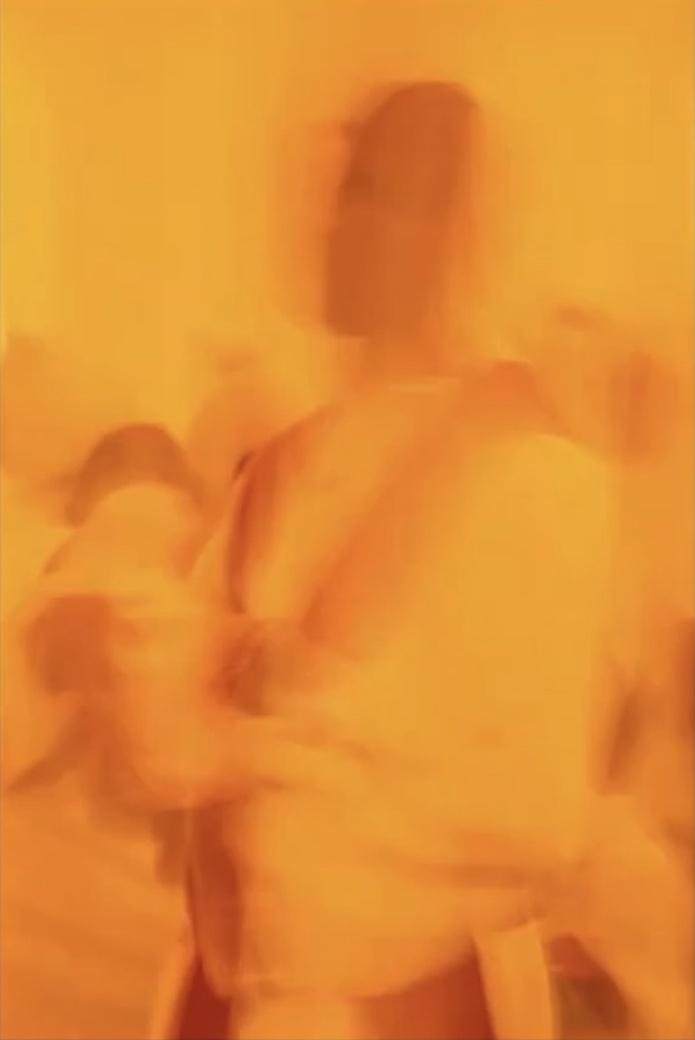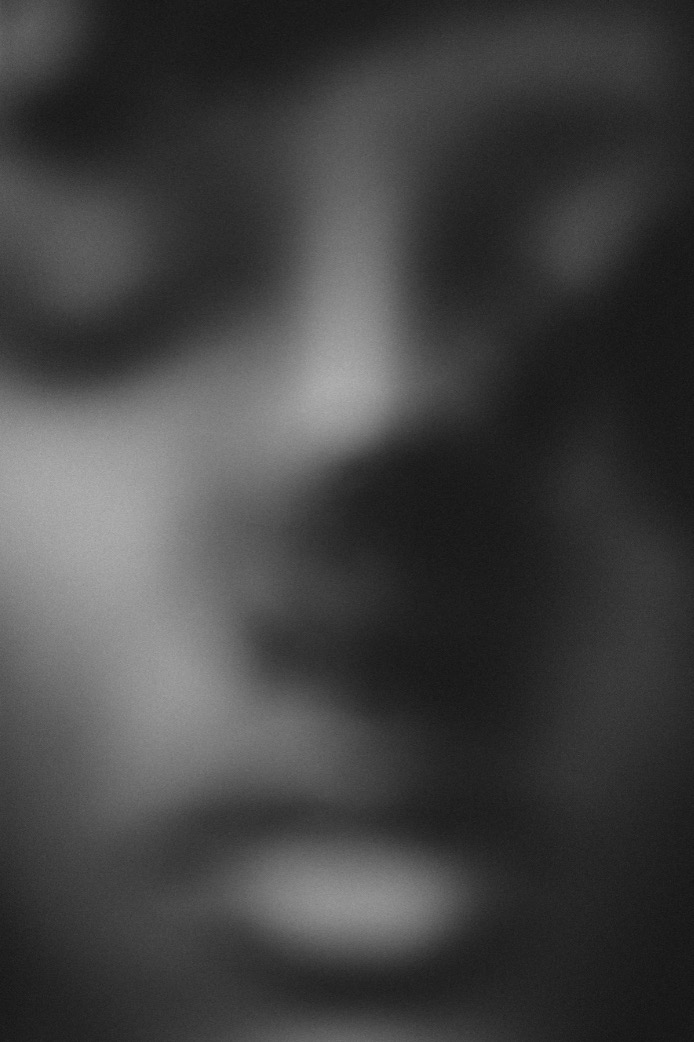A lot of your photography and filmmaking is driven by a desire to change the mainstream image of Ethiopians in America. When did you first become aware of this stereotypical narrative and how did that influence your work?
I first became aware of the stereotypical narrative during my first couple of years living in the US. The narrative was consumed through charity commercials, South Park jokes, and the worst of them all, my classmates. Over time these narratives overshadowed, in quantity, the number of memories I had of Ethiopia – I left Ethiopia when I was six years old.
As a kid you want to fit in, you don’t want to be different because that’d make you a target. Being Ethiopian made me a target for both the ‘black’ & ‘white’ Americans; it was other foreign kids, no matter where they were from, that I had a close relationship with.
This experience as a foreign student exposed to the machine that is the mainstream media heavily influenced my work; so much so that I made a photo book directly responding to the machine, Don’t Make Me Look Like the Kids on TV.
The name of the book came from my little cousin, Fitsum. As I was getting ready to take his portrait he jokingly told me in Amharic, “don’t make me look like the kids on tv.” I still remember the anger I felt when he told me that and that anger would soon lead to me creating the photo book, which would later play a pivotal role in my career. That anger has now gone and a feeling of love has filled that hole. Rather having hate towards how people viewed us, I started to love the way we view each other.
From Dawit’s book, Don’t Make Me Look Like the Kids on TV
You had a rule of only photographing your family and friends. Why was this?
This ‘rule’ came from two things, me being absolutely shy around people and me not wanting to be like the photographers who would capitalize on images taken without consent – to be clear I’m speaking on all the photographers who went to communities that they had no type of connection with and photographing strangers and later making a name for themselves by using the faces of others.
That ‘rule’ would eventually turn to a style of taking images and that was the dedication of faces. Whether it be through the framing or even one of my in-camera tricks, hiding the face became really fun for me.
You moved with your family to the States when you were six and your Ethiopian roots have remained a strong part of your identity and values. How has American culture influenced you? Is it complicated navigating two cultures?
This is a question that I can’t answer at the time. In a couple of years and after a couple of big life changes then I’ll be able to tell you how being immersed in the American culture has influenced my way of being, for now I can only speak on how the Ethiopian culture has influenced my time in America.
Your photography work ranges from experimental art to reportage realism – do you ever manipulate an image or do you shoot, even abstract images, in-camera?
Most of the images are in-camera, but I do have a process that is a very analogue way of manipulating an image. This technique has saved me numerous times because sometimes no matter an angle or the lighting, some images just come out boring. With this technique I was able to resurrect the images and give some sort of life to them. (A great example is the image of a NYPD police officer’s headshot I re-photographed for the New Yorker, they didn’t end up using it, but it’s one of my favs.)
Analogue manipulation: NYPD police officer photographed by Dawit N.M
You collaborated with Ethiopian-American artist Mereba to produce a trilogy of stunning videos. How did the creative process work between you?
Our first video together, Planet U, was what started everything. At the time she was looking for an Ethiopian director to help her bring those roots to the forefront of her films. She already had an idea for Planet U, but like all of our great ideas, it was way over budget. Though it was too much to do, there was a similar theme throughout and it was this unknown lover, someone that felt otherworldly. I extracted that little piece and built on top of it. At first my original idea was very much a budget friendly version of Mereba’s idea, but my EP at the time pushed for me to use my photos as inspiration for the film, as Mereba was introduced to my work months prior through my photobook, Don’t Make Me Look Like the Kids on TV.
After the filming of Planet U, Mereba and I became a bit more confident and comfortable with our working process. Soon after she hit me up to do a short film for her album, The Jungle is the Only Way Out. The process was the same as Planet U, Mereba gave me a breakdown of each song and what it means to her. From there I went through and extracted key words and themes and from there I started to think of a film.
The thing with working with Mereba is that she’s an amazing writer, so most of the work is done, so all I had to do was sit and listen to her and before I knew it I had the climax of the film in my head. It was the scene where she’s dancing alone in the mountains. Once that idea hit me I knew I had something special. I ended up taking a break from writing the short film for a couple of days, as that idea was really emotional.
The last film in the trilogy was our black and white melodrama film for the song, Sandstorm. The thing with this music video was that we already did a video for it in the short film and so we had to do something drastically different. The change started with the creatives, usually I ask Mereba for her thoughts on the song, why she wrote it, who she wrote it for, etc., but since I knew this song and its meaning so well, I went ahead and sent an idea to Mereba and her team. They loved it, we shot it, wrapped early and ended the day watching Mereba live at her concert with JID.
Photography by Dawit N.M
You use a visual language of dreamy long takes for the Mereba films. Was this a natural progression from your photography work? What inspired this languid pace?
To be honest Kendrick Lamar’s Element music video by Jonas Lindstroem & Territory by The Blaze had a lot to do with the long shots and photographic-feel felt in the Mereba films. These videos came out a year before I started working with Mereba, but the impact of those films on the people close to me around that time was crazy. I could feel their notes being influenced by those videos and I don’t blame them, they’re incredibly amazing pieces of work.
Once I dipped my toes in the world of turning photos into moving images, there was no turning back. Unlike the others, who recreated photos taken by legendary photographers, I was recreating photos I took a year or two ago. Being able to take a strong image is one thing, being able to recreate that into a moving image is in a league of its own.
In stark contrast to your long-shot, slow-cut films with Mereba, your video Mother for Charlie Puth is a teenage romp with loads of lols. Would you like to venture into this genre again?
Back in the second half of 2017, I would go through the internet and look for people who made things I enjoyed and email them telling them how much I liked their work and how I would love to work with them one day. Charlie Puth’s video commissioner was one of the people I emailed.
Working on that video was a great experience, as at that time I wanted to venture into the world of commercials and that music video was the closest thing I could get to working on something like a commercial set, from the equipment used to the number of cooks in the kitchen.
Would I like to venture into this genre again, of course! (I’d be dumb to say no, every other ad is very much teenagers and loads of lols).
Photography by Dawit N.M
You’ve brought the sensitivity you’ve shown in your music videos to a commercial film for PureLeaf. How did you find the transition to working with an agency brief and, presumably, a bigger crew? Were you involved in the editing process? What were the main challenges of the production and how did you overcome them?
Working on the Pure Leaf spot wasn’t that much different from the other stuff I worked on, I used the same creative process as the one for the Mereba films. I went through the brief and extracted key words and themes, which I later used to inform the scenes. The biggest difference was just the number of people that had a say in the film, which could be a great thing and sometimes a bad thing.
I went about pre-production the same, very detailed. Production was also the same, smooth, relaxed, and at times tense. And post production was the same, I made a rough first cut and we built on top of that.
The main challenge through this whole process was really getting the talent’s team to let us shoot a certain scene a certain way. There was some push back on how we ended the spot, but we were able to find a nice middle point that gave us what we needed, while still being in the talent and the talent’s team’s comfort space.
What are you currently working on?
You know a lot of the work I made and am known for were between the ages of 20 – 23. I’m a bit older now and I came to the realization that I became too much of an art kid to really connect with the everyday folk. So these past couple of months, if not years, have been spent walking away from the art world and going back to what I know best. It’s definitely been worth it and I’m ready to show my friends and family what I’ve been working towards these past couple of years.
@dawit_nm
@eleanor.films
Eleanor website
Dawit N.M. website
